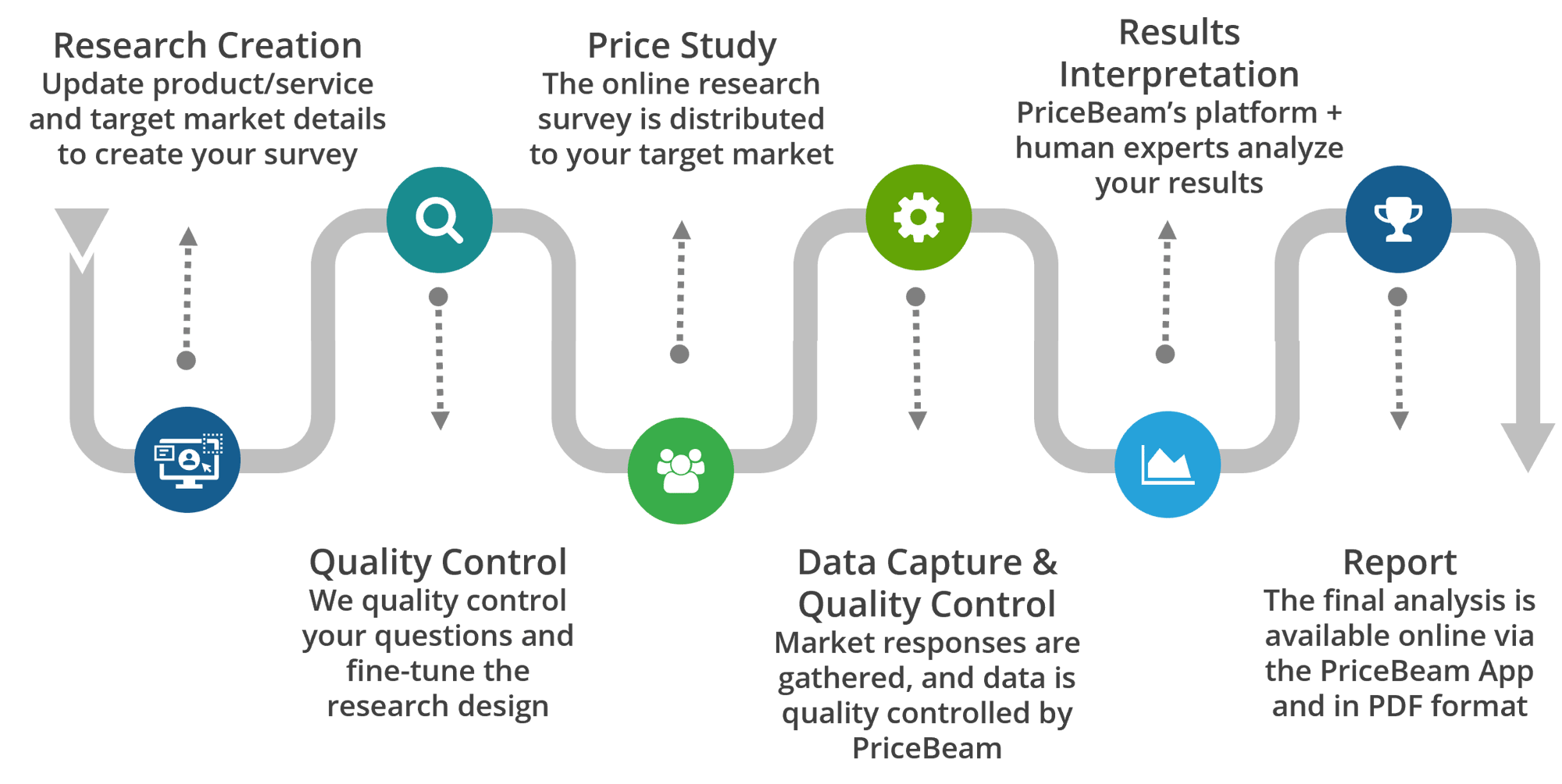Pricing for Home Care Products
Pricing of Home Care Brands has long been one of PriceBeam’s primary areas of expertise. The home care industry is changing to meet the increasingly complex demands of a broader scale of consumers worldwide.

Challenges in Home Care Products Pricing
Pricing of HomeCare Brands has long been one of PriceBeam’s primary areas of expertise. The home care industry is changing to meet the increasingly complex demands of a broader scale of consumers worldwide. The home care market places a huge emphasis on promotion and pricing to differentiate brands, Pricing can translate a product or brands value proposition.
Complex demands of consumers worldwide.
Brands are launching products across a wide range of price points in order to reach all income groups.
Setting one price that unifies all.
Challenges faced with the homecare industry include setting prices that unify all the internal objectives.
How PriceBeam Brings Value Find out more →
Price Positioning & Strategy
New Product Pricing
Understand consumers' willingness-to-pay for new products, and use such insights to optimize prices when launching innovative products.
Market Launch Pricing
Setting the right prices when launching into new markets is often a challenge for Home Care Products companies. PriceBeam helps understand market differences and sets optimal price points for each.
Assortment Optimization
Use market research to understand the differences in willingness-to-pay across all items in an assortment, and optimize both prices and range.
Value Communicate
Understand the benefits and features that consumers value as well as those attributes that don't impact consumers' willingness-to-pay.
Price Increase
Prices should not be static. It is best practice to adjust prices upwards regularly, at least in line with competition and inflation, but often also higher thanks to brand innovations.
International Pricing
Prices vary across countries. Understand differences in willingness-to-pay per market and set prices accordingly.
Promotional Optimization
Understand consumers' potential reaction to different promotional mechanisms or discount levels, and optimize the overall revenue.
How Does It Work?
PriceBeam’s solution conducts extensive market research, collects and analyzes data before delivering a detailed report on your customer’s willingness to pay. This data will enable you to stick out from the competition, maximize profit, and set prices that aid your long-run brand positioning.
Define offering & target market
You describe your product/service on our cloud-based platform. You also define the target market to research.
Create Market Research
We add all the research details, statistical setup, etc. so you don't have to worry about it.
Conduct Market Research
We collect responses about the given product/service in the defined target market.
Analysis & Results
The results are aggregated, analyzed and presented in our cloud-based solution.

Why You Should Choose PriceBeam?
PriceBeam delivers strong value on a number of fronts, which is why our clients choose us.
Scientific Results
PriceBeam's studies ensure statistically significant results about willingness-to-pay.
Fast Insights
Results as fasts as 48 hours in B2C and 1-2 weeks in B2C.
Immediate Value
1% change in price delivers 11% improvement in value for the average company.
Easy to Use
You define the product and target market. PriceBeam takes care of the research and statistical details.
Global Reach
PriceBeam studies can be run in 127 countries. PriceBeam takes care of the localization.
Cost Effective
Using cloud technology, PriceBeam studies cost a fraction of classic, old-fashioned market research.
.png?width=400&height=100&name=PBLogoTransparent%20(1).png)

